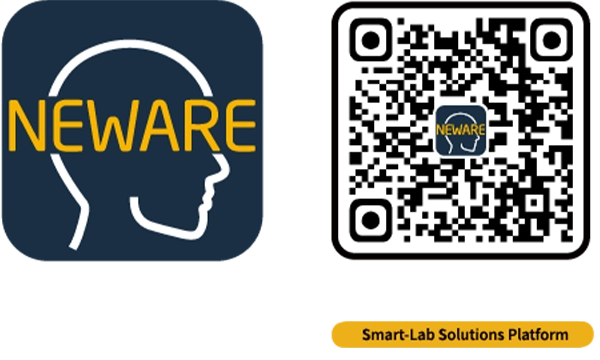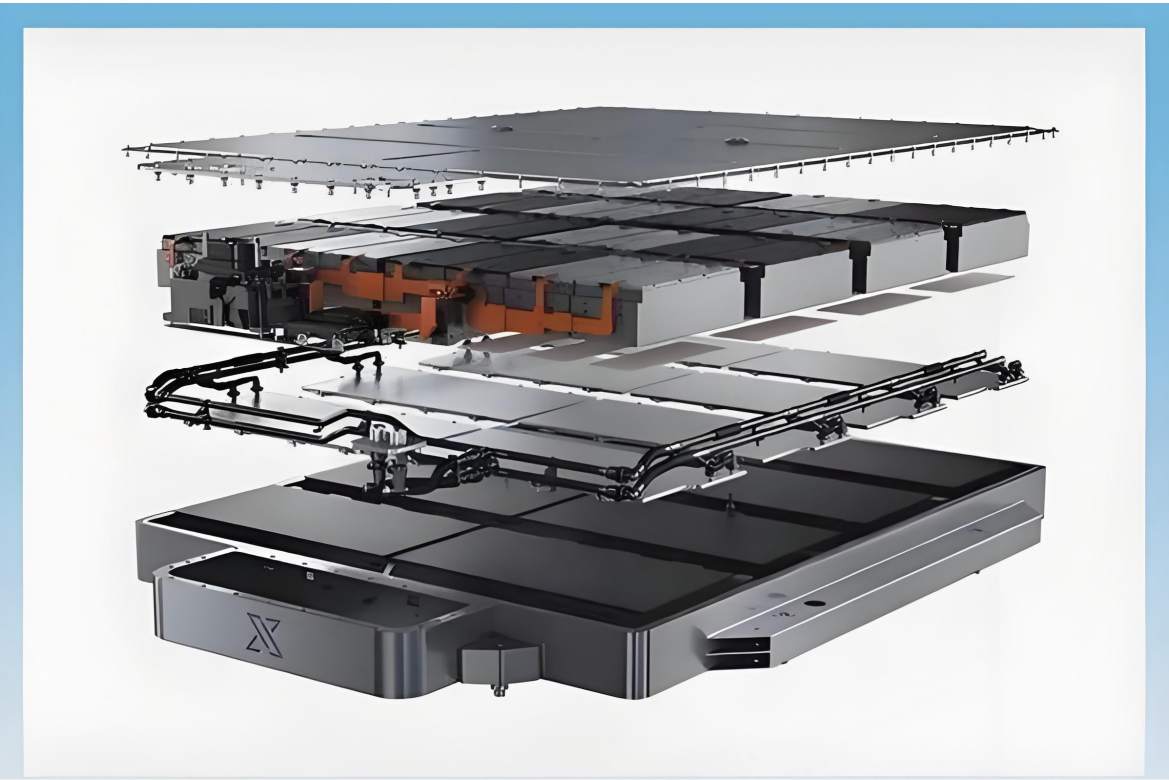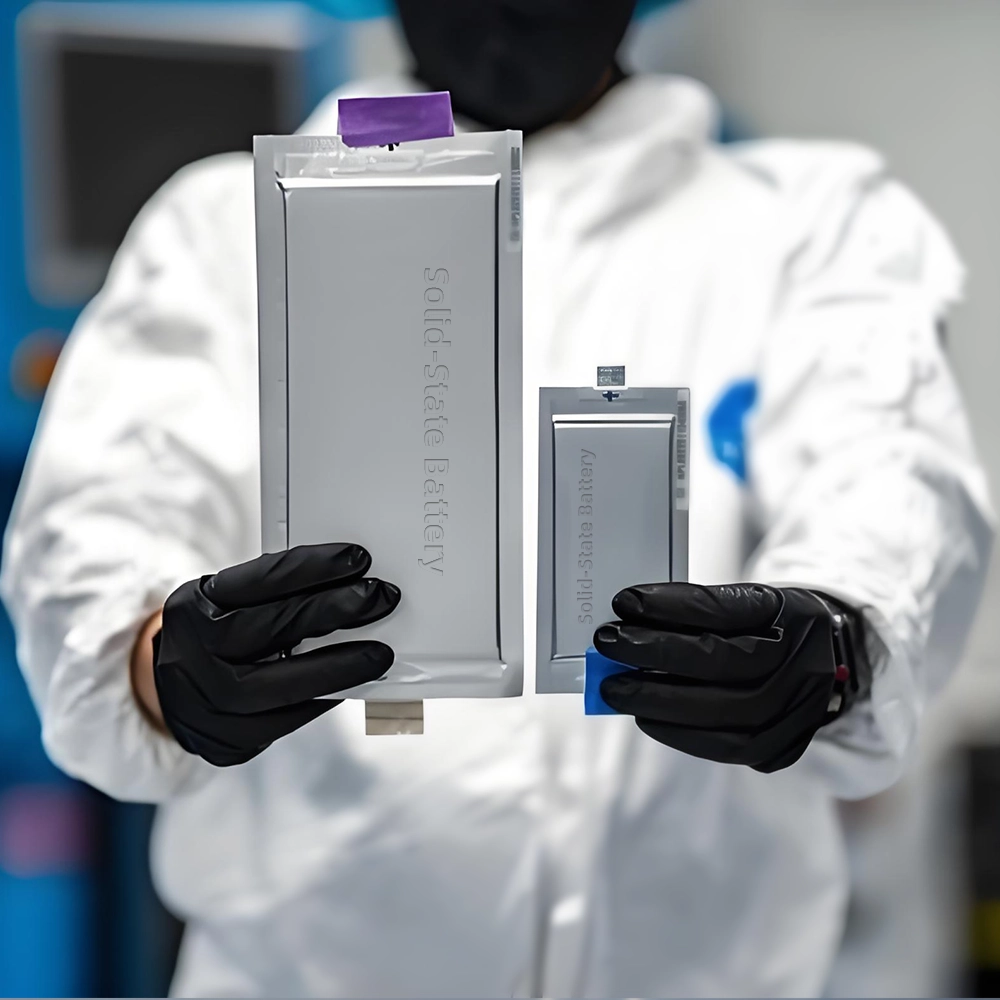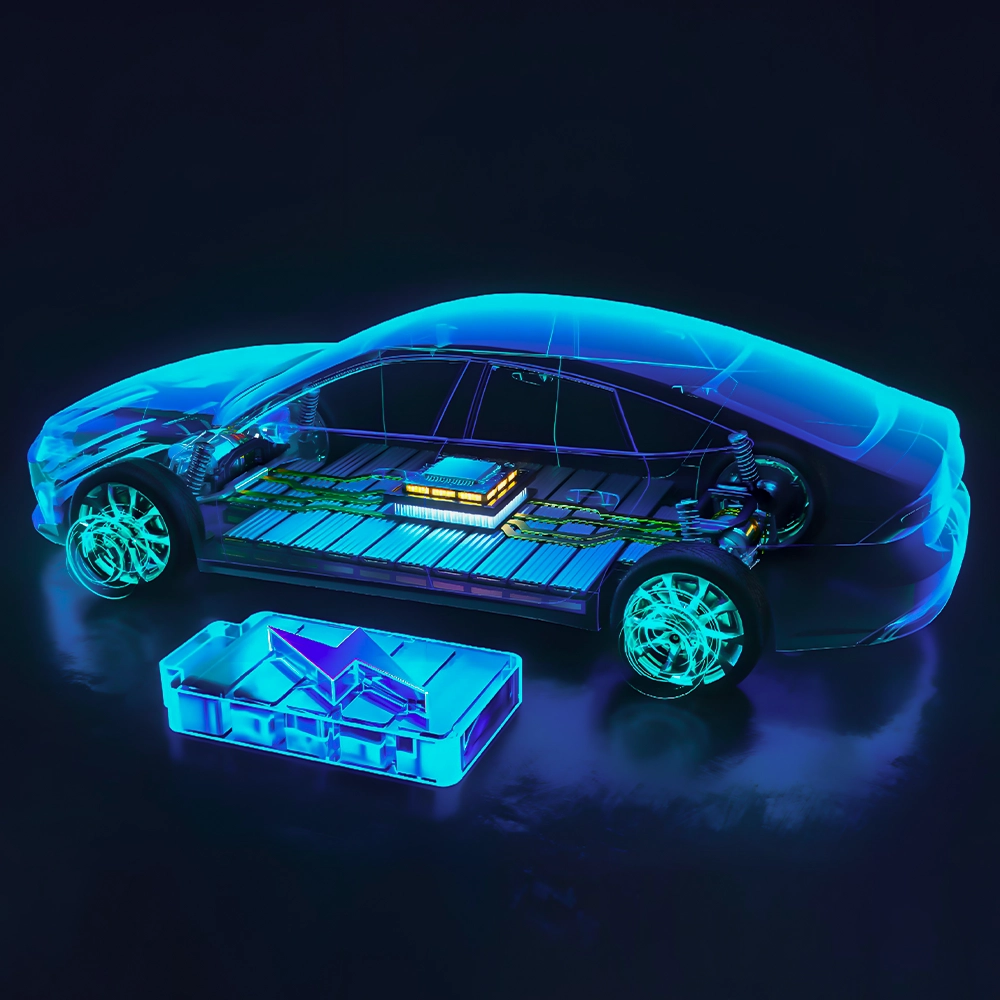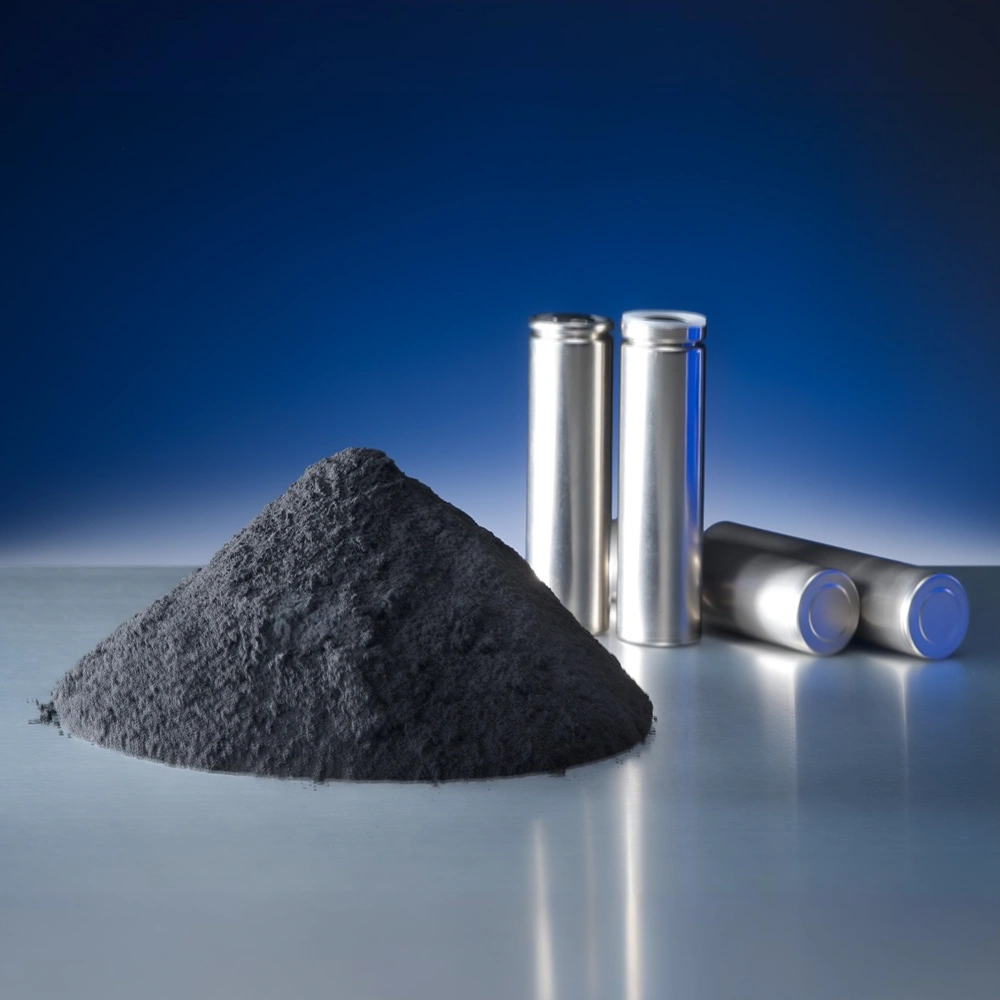2. Core Technologies for Enhancing Extreme Environment Reliability
I.Low-Temperature Solutions:
Electrolyte Anti-Freezing: Using FEC/EMC mixed solvents (freezing point -45°C) increases -30°C discharge capacity retention from 35% to 65%.
Anode Interface Reinforcement: Constructing a 3D LiF@C composite layer on silicon-carbon anode surfaces enhances lithium-ion intercalation kinetics at low temperatures.
II.High-Temperature Protection:
High-Temperature Resistant Electrolyte: Adding Ethylene sulfate (DTD) stabilizes the SEI film, raising its thermal decomposition temperature from 150°C to 190°C.
Cathode Coating Modification: Coating LiNi₀.₈Mn₀.₁Co₀.₁O₂ (NMC811) surfaces with a Li₃PO₄ layer (20nm thick) suppresses transition metal dissolution (dissolution rate < 0.5%).
III.Temperature & Humidity Mitigation:
Moisture-Resistant Electrolyte: Adding Trimethyl phosphate (TMP) as a hydrophobic agent reduces water permeability by >60%.
Corrosion-Resistant Current Collector: Micro-arc oxidation treatment (3μm thick film) on aluminum foil reduces corrosion current in humid/thermal environments to <0.05 μA/cm².
3. Extreme Environment Test Validation System
I.Low-Temperature Testing:
● Low-T Discharge/Start-up: Test discharge performance, cold-cranking capability (simulating vehicle cold start), and capacity retention at very low temperatures (e.g., -40°C, -30°C).
● Low-T Charging: Test safe charging limits (current, voltage) and lithium plating risk at low temperatures.
● Low-T Cycling: Perform charge/discharge cycles at low temperatures to assess capacity fade and internal resistance growth.
● Low-T Storage: Evaluate performance recovery at room temperature after long-term low-temperature storage.
II.High-Temperature Testing:
● High-T Discharge: Test discharge performance, rate capability, and temperature rise at very high temperatures (e.g., +60°C, +70°C, +85°C).
● High-T Charging: Test charging acceptance capability, thermal management requirements, and safety risks at high temperatures.
● High-T Cycling: Perform charge/discharge cycles at high temperatures to accelerate assessment of lifetime degradation and aging mechanisms.
● High-T Storage: Assess capacity recovery, internal resistance change, and safety status (e.g., swelling, leakage) after long-term high-temperature storage (e.g., 7 days, 30 days, 60 days).
III.Temperature Shock/Cycling:
● Rapid Temperature Change: Subject batteries to rapid switching between high and low temperatures (e.g., -40°C ↔ +85°C) in a very short time, examining material interface stability and seal integrity.
● Temperature Cycling: Conduct multiple slow cycles within a defined temperature range (e.g., -40°C to +85°C) to assess the effects of thermomechanical stress.
4.NEWARE Environmental Test Chamber
—Precise Temperature Control, Simulating Specific or Extreme Temperature Environments
Evaluates battery performance under specific or extreme temperatures, including capacity fade, thermal stability, safety cycle life, and other critical metrics, providing data-driven insights for R&D optimization.
● Precise Temperature Control: Temperature fluctuation ≤0.5°C, ensuring stable test conditions.
● Extreme Temperature Simulation: Supports wide temperature range testing from -70°C to 150°C.
● High Compatibility: Customizable test protocols tailored to battery types (e.g., lithium-ion, lead-acid).
● Intelligent Features: Equipped with intelligent temperature control, fault alarms, and safety mechanisms to enhance experimental efficiency and safety.
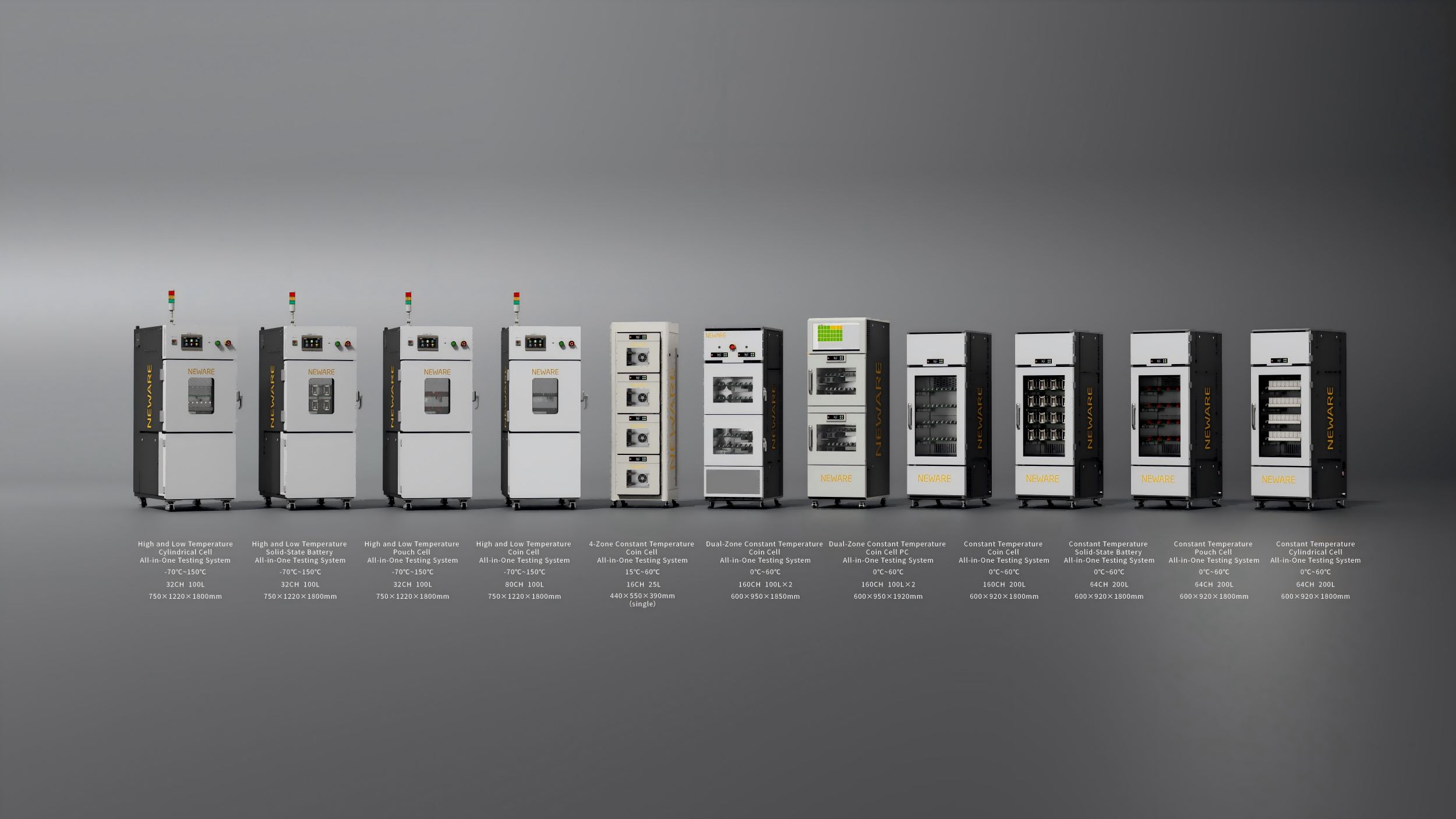
NEWARE All-in-One Battery Testing System
—Providing precise environmental control and testing solutions for battery R&D and production. This integrated system combines battery charge/discharge testing with environmental chamber capabilities, enabling performance testing under various temperature conditions.
● Compact Integration: Combines charge/discharge modules with environmental simulation (constant/variable temperature) to reduce footprint.
● Versatile Testing: Supports constant current/voltage charge/discharge, capacity analysis, cycle life testing, DCIR detection, and more.
● Unified Operation: Compatible with BTS upper-computer control for seamless operation across multiple devices.
● Multi-Zone Temperature Control: Independent temperature control for multiple zones to meet complex testing needs.
● Flexible Ranges: Customizable voltage/current ranges for applications in materials research, 3C batteries, EV batteries, and beyond.

